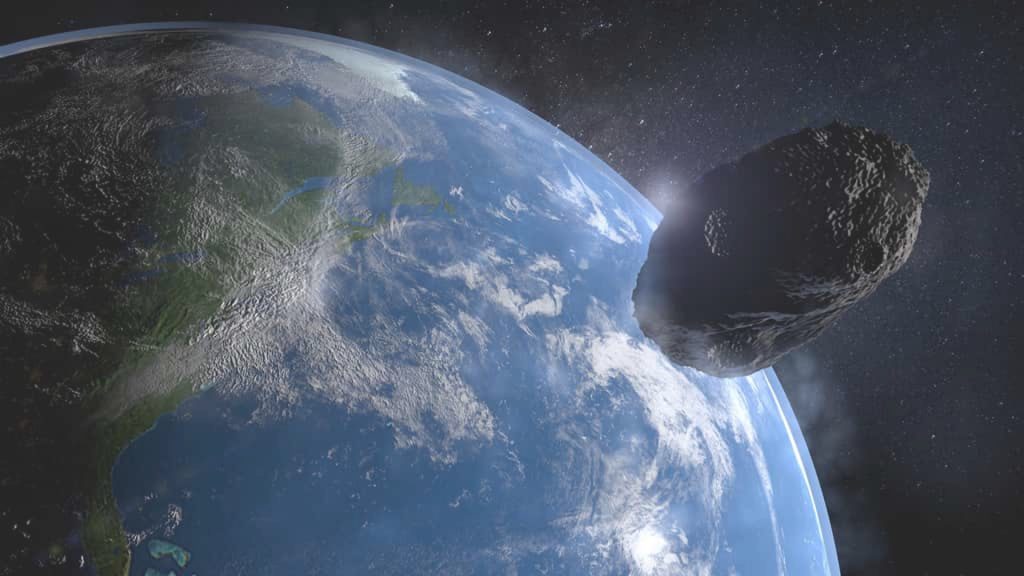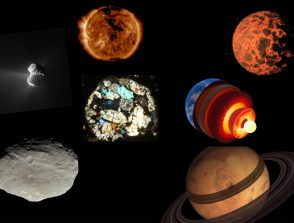Margot Debruycker’s PhD
Start: 01 October 2023
Supervisors :
Jabrane Labidi, Frederic Moynier
Related teams :
Stable Isotope Geochemistry, Cosmochemistry, Astrophysics and Experimental Geophysics (CAGE)
Status: In progress







